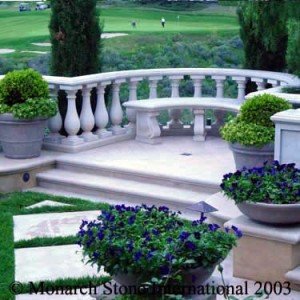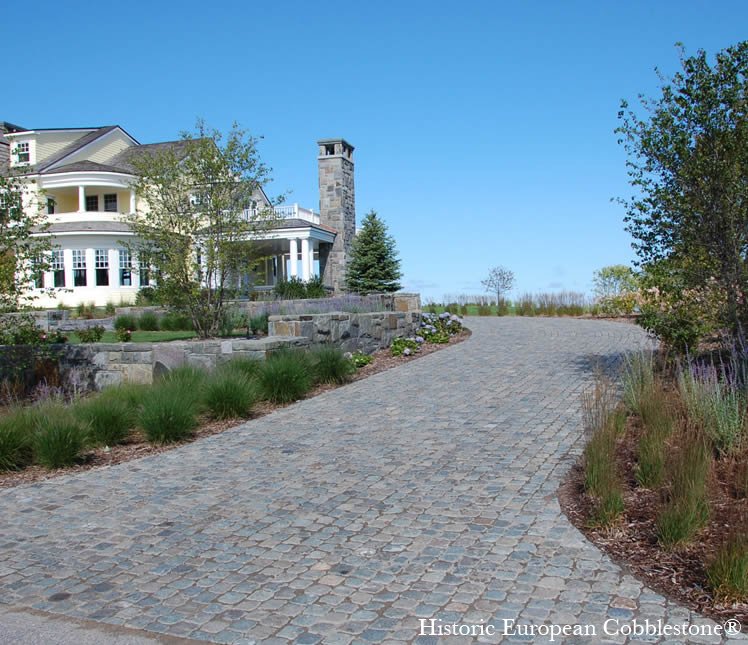What does the term “hardscape” mean? Lots of people, mostly those who haven’t had a lot of gardening experience or who have never had their own yard, are unfamiliar with the term. It actually refers to the parts of your landscape that are “hard”, or the ‘bones’ such as stone or concrete other material that make up pathways, decks, patios, retaining walls, and structures such as gazebos.
When planning your garden, starting with the hardscape and designing around it, is critical. You have a defined space to work with and chances are, you’re going to be investing time and money and will want it to last a very long time.
You’re going to have areas for bushes, trees, and flowers, defined with some sort of hard barrier between them and the grass, right? You’re also going to want a space where you can put outdoor furniture like a table and chairs, which calls for a patio or deck. Consider natural stone for areas such as these because its beautiful, durable and adds greater value to your investment.
You also might have some issues to resolve because of the slope of your land. Slopes can call for retaining walls and there are different materials to choose from depending on your needs and the look you like, but of course we suggest beautiful, durable natural stone.
Maybe you’re lucky enough to be able to include a swimming pool, hot tub or outdoor kitchen area in your landscaping plans. You might also want an area for a play structure for the kids. These will be a big part of your hardscape planning.

French Limestone
Lastly, you might desire to fence in the whole area or parts of the area, like to keep the dog in or the neighbor’s dog out. Or want lattice work to hide the garbage cans and air conditioning unit, and give yourself privacy.
As you can see, there are many reasons to use hardscapes in your landscape. There are also many different materials involved, including an array of beautiful natural stone products that will add an organic, natural feel to your design; pathways, patios, side yard, courtyards and driveways.
But hiring a professional landscape designer or architect is the very first step after you decide what your dream garden might look like. Remember, it’s the skeleton of your garden. You won’t plant flowers until you have that retaining wall in to retain them, and you won’t plant your wisteria until you have a trellis for it to climb up.
It becomes infinitely easier to plant your “softscape”, trees, bushes, and flowers, after all the permanent hard structures are in place. Hardscaping helps you to see the whole picture and gives you the actual space left to work with.

